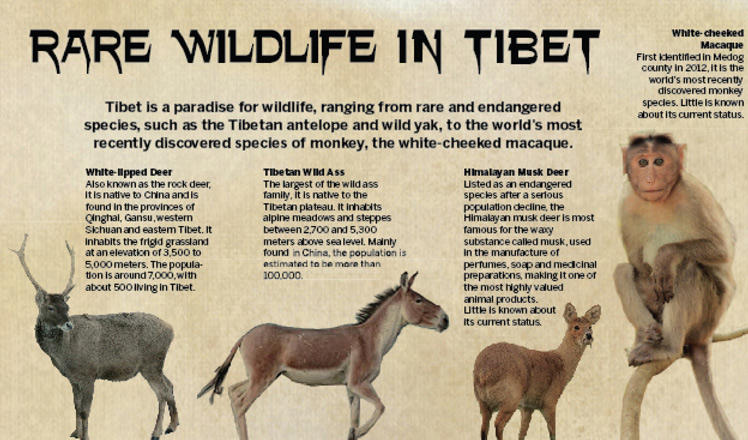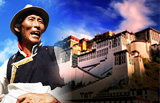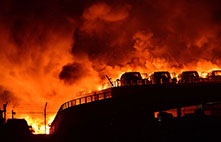Smoggy Beijing to fight small coal stoves
Updated: 2016-01-12 17:22
(Xinhua)
|
||||||||
BEIJING -- Beijing will launch a battle against small coal stoves in family homes and businesses this year, as officials blame consumption of low-quality coal for contributing to winter smog.
Starting this year, Beijing will launch a "large-scale battle" to replace rural coal use with cleaner fuel, city officials said at a meeting on pollution control and coal management on Monday.
Authorities will comb small factories, restaurants, bath houses and hotels in the rural areas to remove their coal-fired stoves, said Zhong Chonglei, a chief inspector with the Beijing Municipal Environmental Protection Bureau.
The official said the campaign would also include a harsher crackdown on sales of low-quality coal that produces more pollutants.
Guo Zihua, an official in charge of the city's rural development, said coal burning will be phased out in all villages in the plain areas by 2020, but rural families that still rely on coal stoves for heating will be urged to use quality coal.
The city closed all coal stoves in central Xicheng and Dongcheng districts by the end of 2015 and plans to make all of its six districts coal-free by 2017, according to Guo.
Small stoves, which consume three million to four million tonnes of coal each year in Beijing's suburban and rural areas, which are not covered by the central heating system, have been blamed for worsening the city's smoggy condition in the winter heating season.
Beijing has issued two "red alerts" on heavy air pollution since the start of this winter, prompting closures of schools and bans on outdoor construction, while another round of smog has been predicted to hit the city later this week.
The Ministry of Environmental Protection has said coal burning is the primary source of air pollution in north China during the winter heating season, followed by car exhaust, industrial emissions and construction-site dust.
Experts said this winter's smog was also aided by a strong El Nino effect, which brought static weather patterns that made it difficult for air-borne pollutants to disperse.
- A glimpse of Spring Rush: little migrant birds on the way home
- Policy puts focus on genuine artistic students
- Police unravel market where babies are bought, sold as commodities
- More older pregnant women expected
- Netizen backlash 'ugly' Spring Festival Gala mascot
- China builds Mongolian language corpus
- 2 Chinese nationals killed, 1 injured in suspected bomb attack in Laos
- New York, Washington clean up after fatal blizzard
- 'Plane wreckage' found in Thailand fuels talk of missing Malaysian jet
- Washington shuts down govt, NY rebounds after blizzard
- 7 policemen, 3 civilians killed in Egypt's Giza blast
- Former US Marine held in Iran arrives home after swap

 Drone makers see soaring growth but dark clouds circle industry
Drone makers see soaring growth but dark clouds circle industry China's Zhang reaches Australian Open quarterfinals
China's Zhang reaches Australian Open quarterfinals
 Spring Festival in the eyes of Chinese painters
Spring Festival in the eyes of Chinese painters
 Cold snap brings joy and beauty to south China
Cold snap brings joy and beauty to south China
 The making of China Daily's Tibetan-style English font
The making of China Daily's Tibetan-style English font
 First trains of Spring Festival travel depart around China
First trains of Spring Festival travel depart around China
 Dough figurines of Monkey King welcome the New Year
Dough figurines of Monkey King welcome the New Year
 Ning Zetao, Liu Hong named China's athletes of the year
Ning Zetao, Liu Hong named China's athletes of the year
Most Viewed
Editor's Picks

|

|

|

|

|

|
Today's Top News
National Art Museum showing 400 puppets in new exhibition
Finest Chinese porcelains expected to fetch over $28 million
Monkey portraits by Chinese ink painting masters
Beijing's movie fans in for new experience
Obama to deliver final State of the Union speech
Shooting rampage at US social services agency leaves 14 dead
Chinese bargain hunters are changing the retail game
Chinese president arrives in Turkey for G20 summit
US Weekly

|

|







